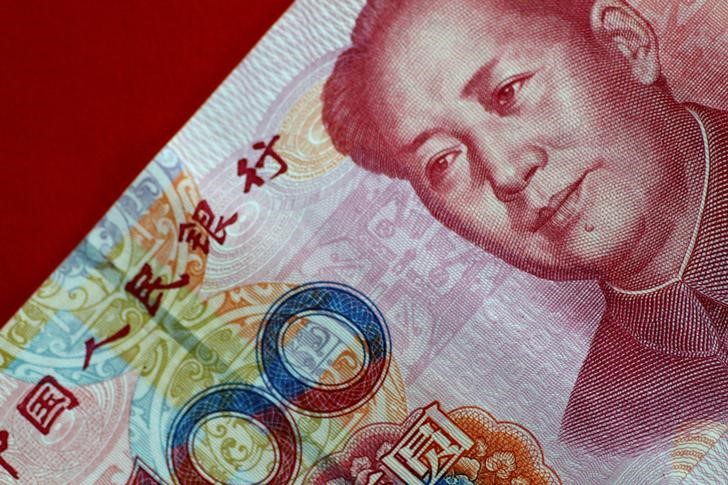Fubotv earnings beat by $0.10, revenue topped estimates
Investing.com-- Asian currencies were a mixed bag on Wednesday amid persistent concerns over a brewing trade war between the U.S. and China, although hawkish wage data sparked a rally in the Japanese yen.
The Chinese yuan clocked wild swings in onshore trade, as domestic markets reopened after the week-long Lunar New Year holiday. U.S. President Donald Trump’s 10% tariffs against China took effect from Tuesday, with Beijing also announcing retaliatory measures.
Risk appetite was aided by Trump postponing tariffs on Mexico and Canada, with the dollar wiping out all gains made this week on concerns over trade tariffs.
But weakness in the dollar provided little relief to regional markets. Sentiment was also on edge before key U.S. nonfarm payrolls data due this week, which is likely to factor into expectations for interest rates.
The dollar index and dollar index futures both fell slightly in Asian trade after clocking steep overnight losses.
Chinese yuan volatile as domestic trade resumes
The Chinese yuan’s onshore pair- USD/CNY- clocked wild swings on Wednesday, trading up 1.4% at 7.2845 yuan.
The pair had fallen by a similar margin, as onshore markets reacted to a slew of developments over the past week. The Chinese government was also seen defending the yuan against further volatility.
The biggest point of focus, however, remained Trump’s trade tariffs, which came into effect from Tuesday. China retaliated by imposing tariffs on some U.S. commodity imports, imposing export controls on rare earths, and also launching an antitrust investigation into Google (NASDAQ:GOOGL).
Traders are now waiting to see whether Trump will escalate his rhetoric against China, although he is also set to speak with President Xi Jinping later this week.
Purchasing managers index data showed sustained weakness in China’s economy, with the Caixin services PMI reading weaker than expected for January.
Japanese yen surges on strong wage data
The Japanese yen was a standout performer in Asia on Wednesday, with the USD/JPY pair falling 0.7% to 153.24 yen- its lowest level since mid-December.
The yen was boosted chiefly by stronger-than-expected average cash earnings and wage income data, which showed sustained growth in December. The reading was also boosted by year-end bonuses.
The reading tied into expectations that the Bank of Japan will have enough impetus to keep raising interest rates, after it hiked rates by 25 basis points last week.
The BOJ has cited a virtuous cycle of higher wages boosting inflation and personal spending as the biggest motivator of its rate hikes, which bode well for the yen.
Broader Asian currencies moved in a tight range on Wednesday. The Australian dollar’s AUD/USD pair fell slightly, while the South Korean won’s USD/KRW pair fell 0.2%.
The Singapore dollar’s USD/SGD pair rose 0.1%, while the Indian rupee’s USD/INR pair hit a record high of 87.305 rupees to the dollar.
